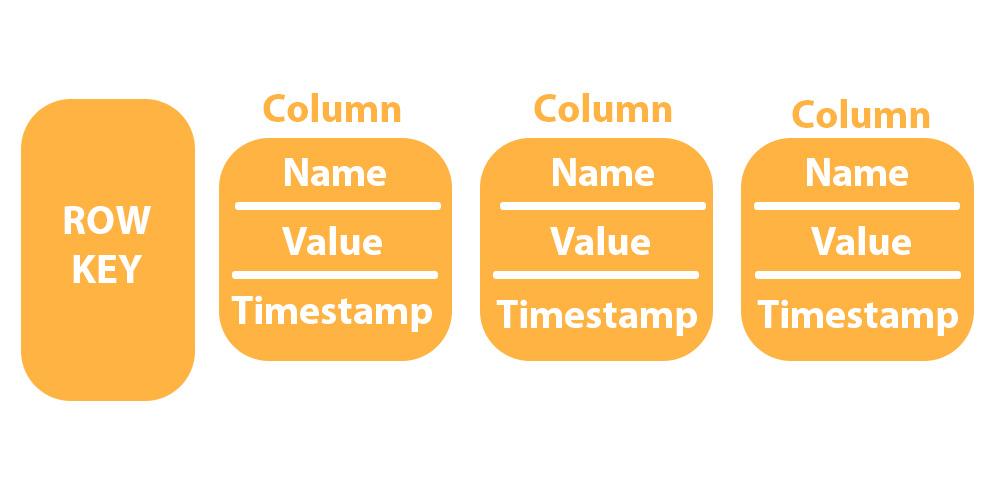
Cassandra vs DynamoDB differences and purpose. How to make the right choice?
In this article, we will look at two progressive and scalable databases – Cassandra and DynamoDB. At the time of modeling, developers are faced with the task of choosing the optimal database management system to maximize the needs of a particular project. Also, an important point is the scalability and security of data storage. You should also not forget about fault tolerance, because no one is immune from external factors. And when the question of choosing which database to use is brewing, then you need to describe and compare the main features in order to choose the best option. Consider the database data.
What is Cassandra used for?
Apache Cassandra is an open-source columnar database model. The main design intent was to store and process large data sets with a minimum response time when receiving and changing records. Cassandra database also has a well-developed level of fault tolerance and high scalability, which makes it possible to use this database in several data centers at the same time. In Cassandra, when writing large amounts of data, the reading speed does not decrease, which makes it competitive in the IT market. It should also be noted that leading companies such as Facebook, Instagram, Twitter, and eBay use Cassandra in their applications.
What is a column model?
A columnar model is also called a tabular model. The table contains rows, which in turn contain columns, and in each, row the number of columns may differ. Each column family must have a primary key. The key in this case can be either simple or compound.
If the key is simple, it contains the partition key, which determines which node or partition will store the final data.
If the key is composite, then in this case it includes both the partition key and the clustering columns themselves.

Cassandra alternatives – what is DynamoDB?
In turn, DynamoDB is not just a database, it is a managed service provided by Amazon. This service has a number of advantages, such as high throughput, scalability, and support for element-level capture streams. We should not forget about the function of automatic DynamoDB scaling and load balancing, which allows you to ensure high performance even under heavy loads. This DynamoDB database does not need equipment, since all the data is in the cloud, and you also do not need to think about updating the software part, Amazon takes over this task. Also, Amazon provides high-quality security, backup, end-to-end integration with other Amazon services. Automatic replication and no limit on the amount of data.
DynamoDB and Cassandra Database Comparison
Having given the basic data about each database, it should be noted the main pros and cons of each of them.
The main advantages of Cassandra include:
- Storage of data of any level of structuring.
- High data download speed, no loss of reading speed.
- Processing huge amounts of data on multiple servers in parallel.
- Open-source.
- Fast system response.
The main advantages of DynamoDB include:
- Streams for capturing element-level changes.
- Encryption Data Advanced Encryption Standard (AES-256)
- Export data to other Amazon services
- Support for distributed hash tables.
- No data limit
- Flexible storage
- Has fine-grained access control (FGAC)
The main disadvantages of DynamoDB include:
- Very weak query language model
- Simultaneous support for tables of only one region
- Lack of SQL support requests
- Binding to AWS.
Which database to choose?
Having considered the data on two progressive databases, the question of choosing a specific database for the project becomes. Since we see that there is no ideal database, we will proceed from the purpose for which we create the application. In this case, DynamoDB has proven itself well in IoT content management, or gaming applications where you need to have good logging and fast response speed.
In turn, Cassandra is used in recommendation and personalization systems, messaging due to linear scalability.
Conclusions
Cassandra databases and DynamoDB. Each of them had both strengths and weaknesses. The choice of a database for a project in this case is best done based not only on specific needs, but also on the direction in which the database will be used. This will allow you to get maximum speed with high reliability.
